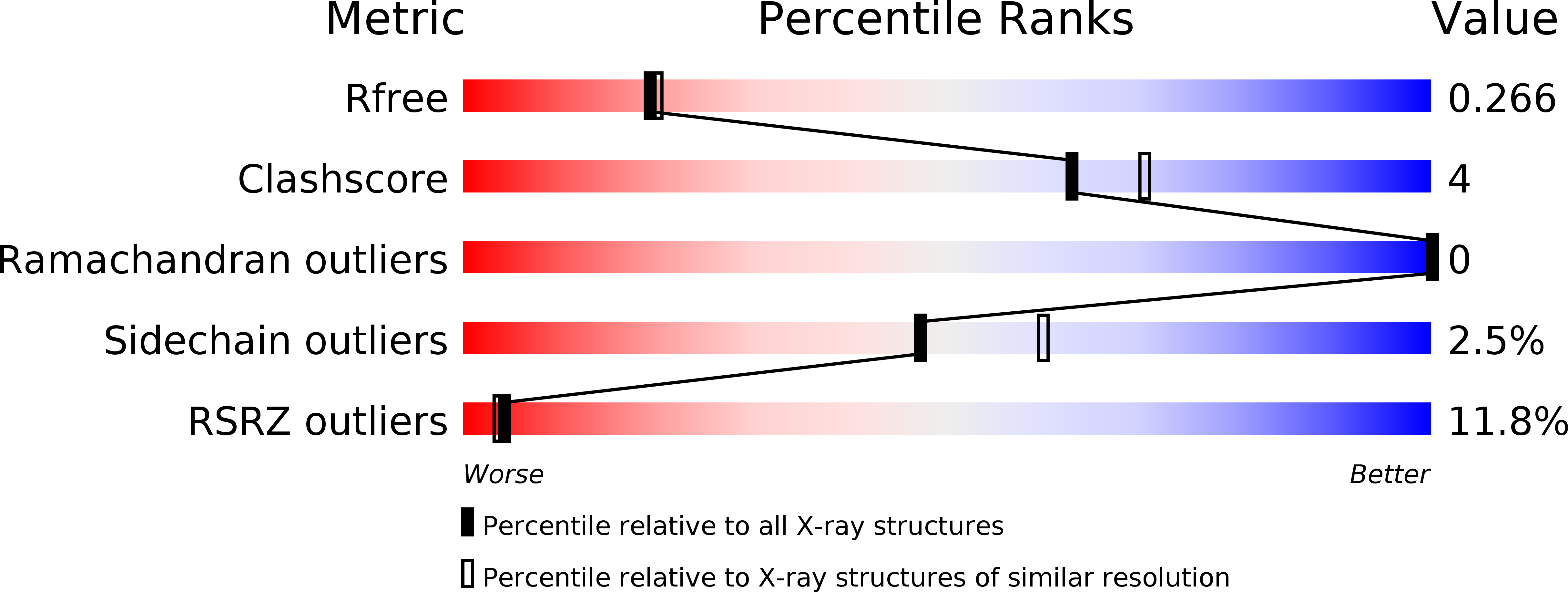
Deposition Date
2015-10-09
Release Date
2017-02-08
Last Version Date
2024-03-06
Entry Detail
PDB ID:
5E6A
Keywords:
Title:
Glucocorticoid receptor DNA binding domain - PLAU NF-kB response element complex
Biological Source:
Source Organism:
Homo sapiens (Taxon ID: 9606)
Host Organism:
Method Details:
Experimental Method:
Resolution:
2.20 Å
R-Value Free:
0.26
R-Value Work:
0.23
R-Value Observed:
0.23
Space Group:
P 21 21 21


